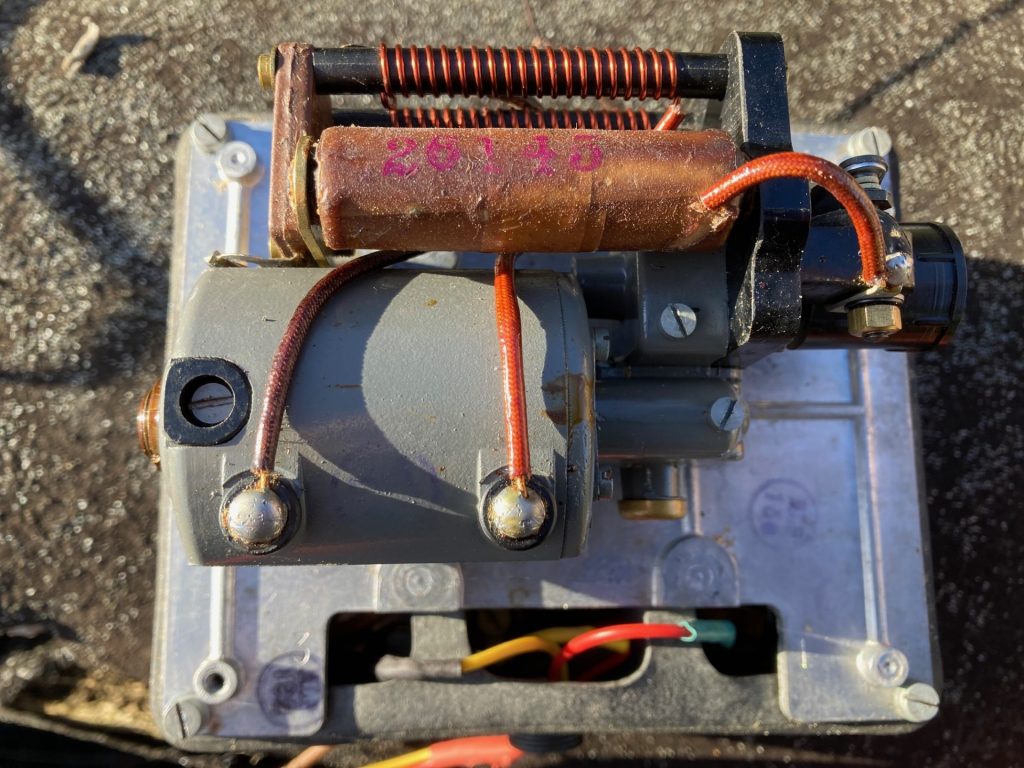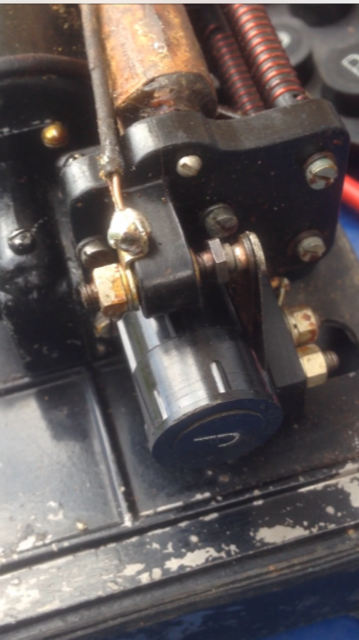Transmitting Morse in Terahertz.
A little while ago whilst browsing on a well-known auction internet website I bought a boxed lettered cam set. The stores reference number 5c/2210 on the box denoted they came from the RAF. Initially at first, I thought they were probably for creating the morse characters for an airfield pundit identification beacon.
Later research of the airfield morse pundit beacon indicated that the morse letters were created by a larger rotary stud contactor and the airfield identification required two morse characters (F G) for RAF Skellingthorpe.
I then looked up the stores reference number for the box 5c/2210 and the individual 24 lettered cams in the box. There was a nearly complete alphabet apart from the letters E and T.
In Morse code E is a single dot with T being a single dash. I think anyone reading the code characters E or T from a distance could easily misread them as they are comprised of only a single morse character and so the letters E and T were not included in the boxed set of 24 cams.
Further research on the internet revealed that the lettered cams worked in conjunction with a rotary flasher unit which was part of a long-forgotten Type “F” Infrared Identification Friend or Foe system.
In the early part of the war UK aircraft would display resin lights (restricted intensity) on their wings on a Lancaster the lights were positioned on the rear of the wing tip. These were small low luminance lights of three different colours red, green, and yellow to coincide with the selected as the colour code sequence of the day. The resin lights which were visible to the human eye were a method of distinguishing whether the aircraft was ours or theirs (Friend or Foe). Throughout the second world war UK airfields were subject to German intruder attacks. One intruder would fly around the airfield hoping to see the codes or colours of the day then transmit the information used to other intruders in the area. Our aircraft were usually attacked during take-off and landing after an operation.
In 1942 a simple infrared resin light system was invented; infrared is invisible to the human eye. They modified a normal identification light with a normal filament bulb and a clear glass lens with an infrared filter between the bulb and the glass lens This was the infrared emitter. The lamp was fitted to the rear of the fuselage. In the fuselage a rotary single letter morse flasher unit was added to the wiring feed so when switched on the infrared light would emit an invisible Morse code character.
To receive the infrared emitted Morse letter inside the aircraft an infrared receiving cell was invented by EMI. The infrared receiving cell was incorporated into a telescope that the operator looked through. The infrared telescope needed a voltage supply of 3000 to 4000dc volts to operate. Initially a small battery was invented to supply the voltage at very low current called a (Zamboni Pile) this also made the receiving equipment portable so gun batteries and searchlight units could tell from the ground if the aircraft was friend or foe. later in the aircraft the high voltage supply was taken from the H2S radar modulator.
This was all pre health and safety. An operator viewing an image through the receiving telescope on a very cold night in a damp aircraft with the telescope up to your eye being supplied with 3000 to 4000 volts makes your mind boggle.
I would like to thank Tony Agar owner of De Havilland Mosquito HJ 711 for photographs and wiring diagram of the Type “F” infrared system on his Mosquito which is based at East Kirkby.
Type “F” equipment photographs and article by David Willey G1WVO.





Comments
Transmitting Morse in Terahertz. — No Comments
HTML tags allowed in your comment: <a href="" title=""> <abbr title=""> <acronym title=""> <b> <blockquote cite=""> <cite> <code> <del datetime=""> <em> <i> <q cite=""> <s> <strike> <strong>